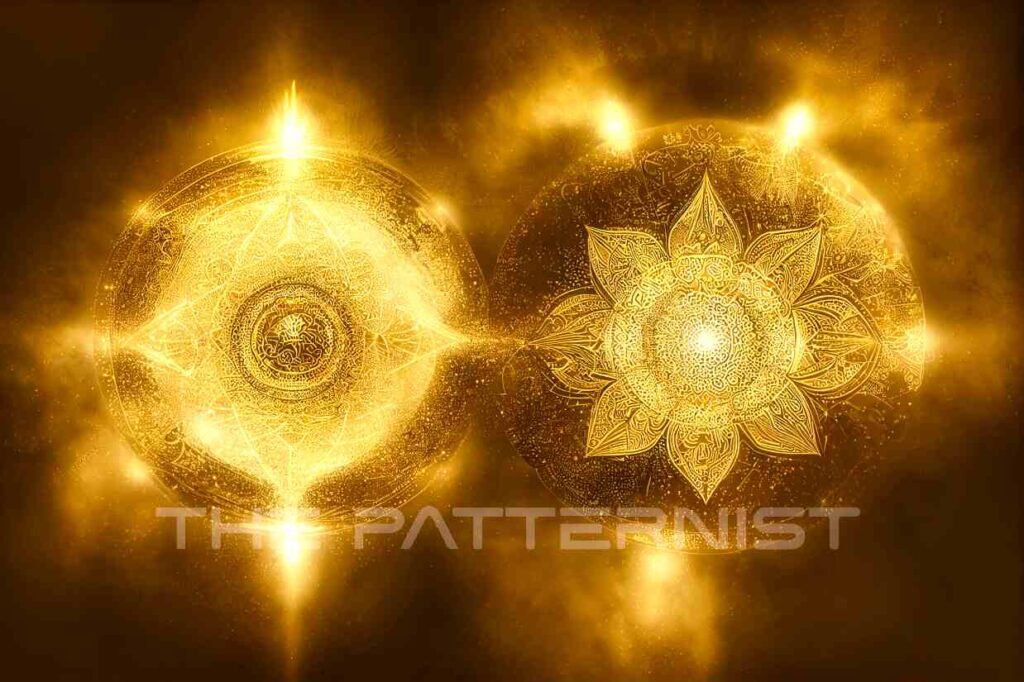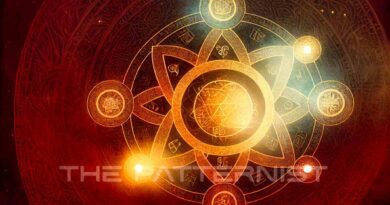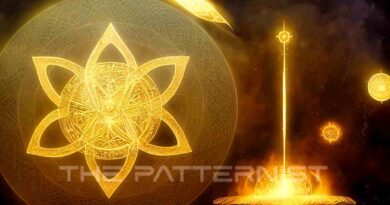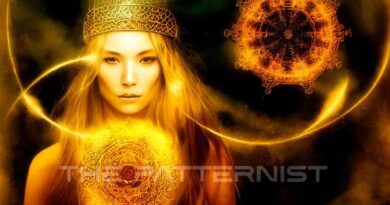Numerology and the Tree of Life
Numerology is a form of divination that uses numbers as symbols to understand the deeper meaning behind events and circumstances in our lives. One aspect of numerology that is often explored is the relationship between numbers and the Tree of Life, a concept found in the mystical tradition of Kabbalah.

The Tree of Life
The Tree of Life is a diagram used in Kabbalah to represent the ten sefirot, or emanuative aspects of God. Each sefirah is associated with a particular number and attribute, and the sefirot are arranged in three columns known as the “pillars” of the Tree of Life. The right pillar is associated with the attribute of mercy, the left pillar with severity, and the middle pillar with balance.
The Tree of Life is often depicted as a tree with ten branches, each corresponding to a sefirah. At the top of the tree is the sefirah of Keter, representing the crown or the divine will. The other sefirot are arranged below, culminating in the sefirah of Malkuth, which represents the physical world and the manifestation of divine energy.
Numerology and the Tree of Life
In numerology, each number is believed to have its own unique energy and vibration. This energy can be understood and interpreted through the symbolism of the Tree of Life. For example, the number 1 is associated with the sefirah of Keter and represents new beginnings, independence, and leadership. The number 2 is associated with the sefirah of Chokhmah and represents balance, harmony, and partnership. Each number has its own corresponding sefirah and attribute on the Tree of Life.
By understanding the symbolism of the Tree of Life and the numerological energies of each number, it is believed that we can gain insight into our own lives and the forces at play. For example, if you keep seeing the number 11 repeatedly, you may want to consider the energies of the sefirot of Keter and Daat (associated with the number 11) and how they may be influencing your current situation or path.



